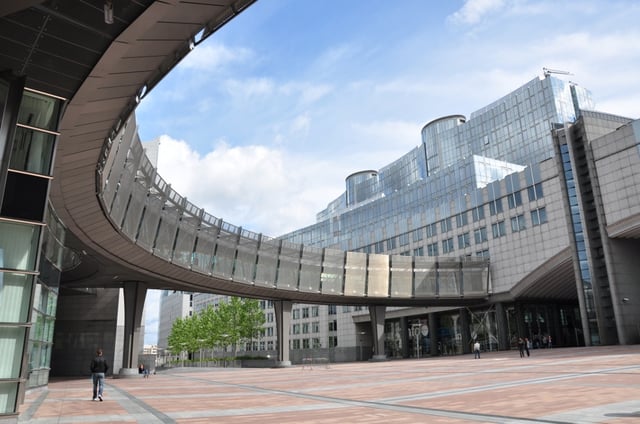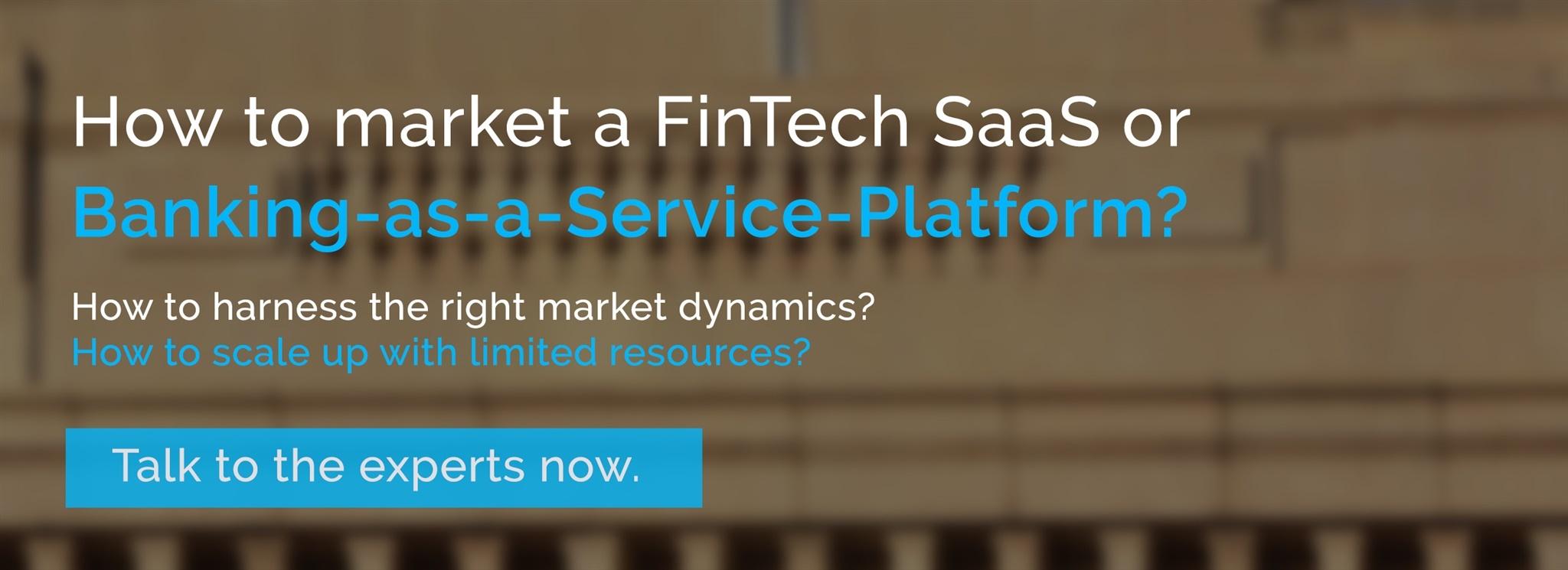In this article we look at some additional features and how the new directives can create new business opportunities.
Part 2 of our series: The Revised Payment Services Directive - The quest for a pan-European payments utopia
In Part 1 of this series on the Revised Payment Services Directive, we introduced some of the core features of PSD2.
Despite attaching significant importance to interoperability, PSD2 innovations cover more than that. The aim of the directives is to, "...ensure that electronic payments in Europe become more secure and more convenient", as per Jonathan Hill, former European Commissioner for Financial Stability, Financial Services and Capital Markets Union who had announced PSD2 back in 2015. Given this mandate, the revised directives also address the following:
- Blanket ban on surcharge in credit card transactions in order to bring uniformity across the economic union
- Additional security features, including multi factor authentication systems for transactions
- Better fraud protection for consumers in the EU and capping such losses at Euro 50 in case of an unauthorized transaction
- Allowing for some consumer protection even when one leg of the transaction is outside of Europe or in non-EU currencies
It is clear from these directives that PSD2 aims to further enhance the prospect of trade and digital commerce within the union by addressing concerns with regards to security and costs.
The business opportunities - how to best position yourself
The biggest opportunity that PSD2 offers is the unification of the EU's digital payments market. Players who are currently operating in a single or a handful of countries now have the whole of Europe open to them. Even new entrants will find this much larger market a lot more enticing when compared with the fragmented digital markets of today.
Secondly, by using open APIs to interface with the systems of existing banks, new entrants can save a lot of the initial costs of market entry. They are not only exempt from creating the underlying banking systems and infrastructure but also from building or integrating the core banking platforms. Furthermore, they also save on financial regulatory costs (which have to be borne by the banks where the money will continue to remain) and benefit from reduced customer acquisition costs (like customer on boarding kits and training, KYC checks, tax and regulatory compliance etc all of which would already have been done by the banks).
Thirdly, the harmonization of the market will also help all participants (banks and PISPs) to reduce legal, compliance and regulatory costs across various jurisdictions.
Finally, the single market will help eliminate redundancies in operations, accounting, IT and so on and also provide the benefits of economies of scale.
Players who can take advantage of the change in market dynamics due to these factors, will see themselves becoming more competitive, at the cost of rivals.
The risks and challenges
The challenge to new entrants who want to take advantage of the opportunities offered by PSD2 comes mainly from the traditional banks themselves:
- Payment methods and technologies are improving rapidly already. If a traditional bank can offer the same speed and convenience as a new PISP, why would a customer need to switch?
- Mobile payment methods and digital wallets are also gaining market share rapidly. New PISPs would have to compete with them on convenience and speed. However, unlike traditional banks which are already competing with mobile payment providers, PISPs would not have the advantage of being able to provide other benefits to the customers which only a bank can (interest rate benefits or good deals on cross sold products).
- Smaller PISPs would need some time to build trust amongst their customer base. They would probably be competing with massive technology giants who have significant technical and financial resources. However, some might rightfully argue that this has indeed always been the case and yet firms offering unique and valuable services often carve a niche for themselves.
- Core banking product are generally a bit sticky. This means that a consumer might find it cumbersome to change their bank. However, this would not be the case when switching from a PISPs. This is both a challenge and an opportunity depending on how competitive a PISP is.
There are tough challenges and great opportunities for all new players. Like always, success would need a combination of innovation, market savvy and great leadership. In Part 3, we look at how the banks would deal with the significant technological challenges of implementing PSD2.
References
- Read more articles on FinTechs in VentureSkies' blog section.
- Read more on the services and packaged solutions which VentureSkies offers for FinTechs.
- PSD2 Directive - DIRECTIVE (EU) 2015/2366 OF THE EUROPEAN PARLIAMENT AND OF THE COUNCIL of 25 November 2015 on payment services in the internal market, amending Directives 2002/65/EC, 2009/110/EC and 2013/36/EU and Regulation (EU) No 1093/2010, and repealing Directive 2007/64/EC (2015), The European Parliament and the Council of the European Union.
- DIRECTIVE 2007/64/EC OF THE EUROPEAN PARLIAMENT AND OF THE COUNCIL of 13 November 2007 on payment services in the internal market amending Directives 97/7/EC, 2002/65/EC, 2005/60/EC and 2006/48/EC and repealing Directive 97/5/EC (2007), The European Parliament and the Council of the European Union.
Photo: "European Parliament", Courtesy of Fransisco Antunes, Flickr, (CC BY 2.0)

